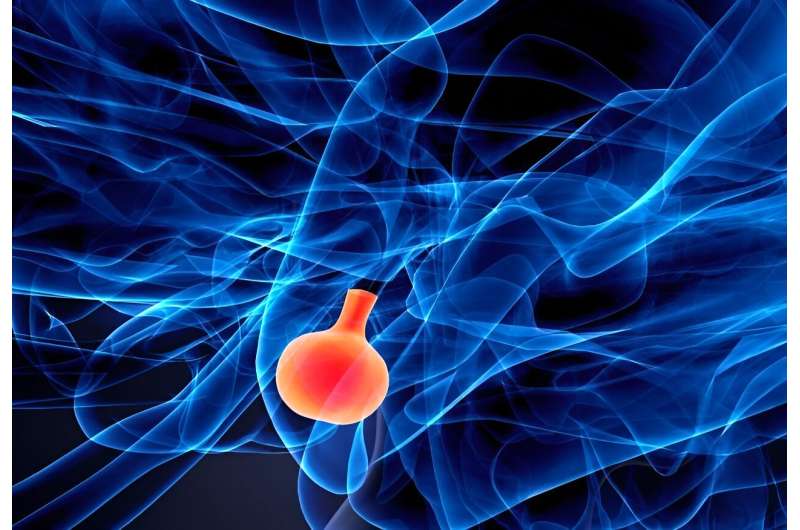
Three-month outcomes are similar with medical and surgical management of pituitary apoplexy (PA), according to a study recently published in the Journal of Clinical Endocrinology & Metabolism.
Adam N. Mamelak, M.D., from Cedars-Sinai Medical Center in Los Angeles, and colleagues established a multicenter, international prospective registry to compare presentation and outcomes in PA patients treated with surgery or medical management alone. A total of 100 PA patients were enrolled from 12 hospitals; the evaluation included 97 patients (67 surgical and 30 medical).
The researchers found that the groups had similar demographics, clinical features, presenting features, hormonal deficits, and imaging findings. In surgical patients, severe temporal visual field deficit was more common. Hormonal, visual, and oculomotor outcomes were similar at three and six months. No difference was seen in any outcome at three months on stratifying based on the severity of visual fields. Outcomes were not affected by the timing of surgery.
“These findings take some of the urgency out of managing these cases,” Mamelak said in a statement. “Clinicians at these centers now know that they can safely manage these patients medically and transfer them when it’s reasonable and available, or allow patients to forgo surgery entirely if they are comfortable with that.”
Several authors disclosed ties to the medical device industry.
More information:
Adam N Mamelak et al, A Prospective, Multicenter, Observational Study of Surgical vs Nonsurgical Management for Pituitary Apoplexy, The Journal of Clinical Endocrinology & Metabolism (2023). DOI: 10.1210/clinem/dgad541
Journal information:
Journal of Clinical Endocrinology & Metabolism
Source: Read Full Article
